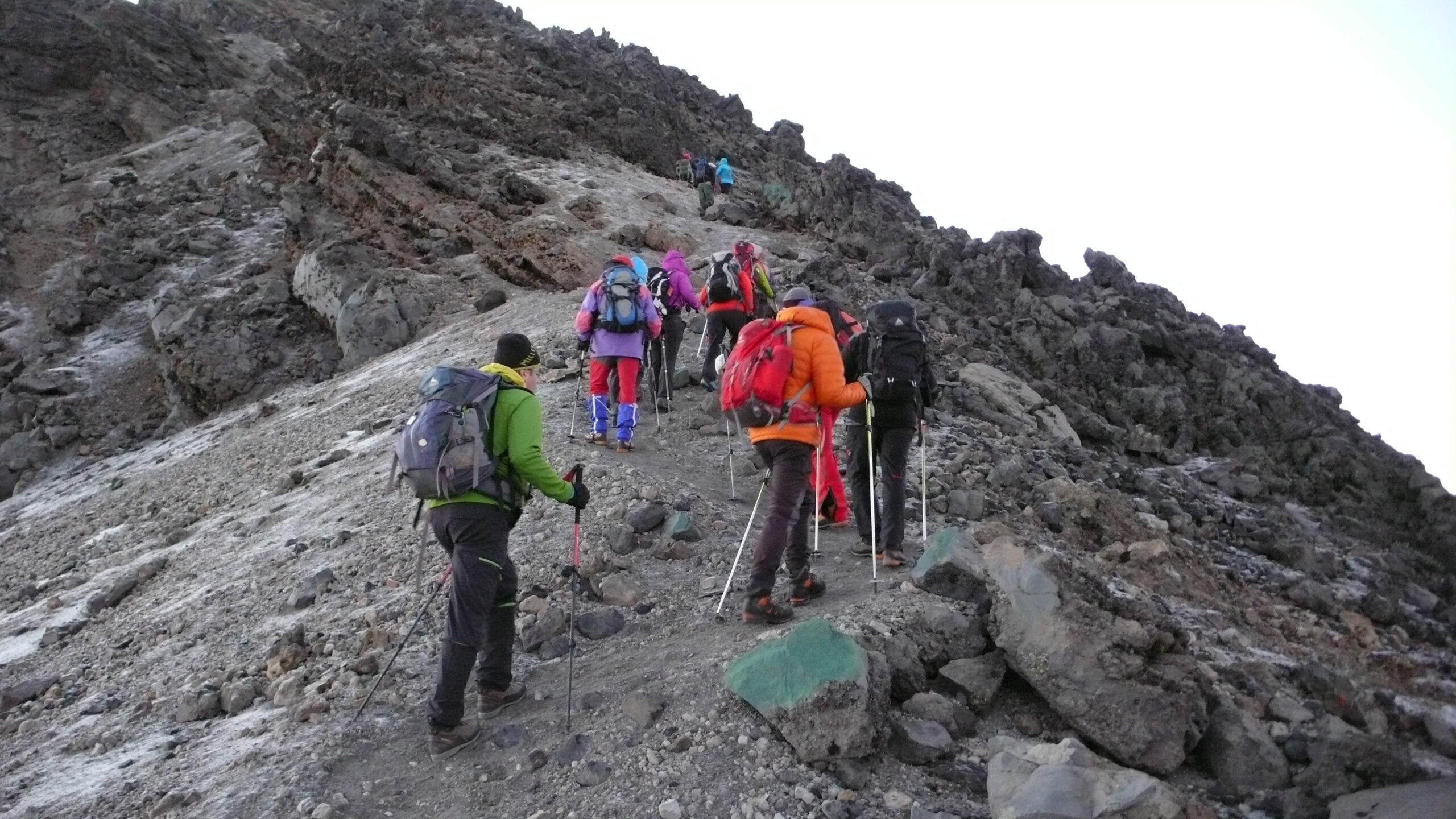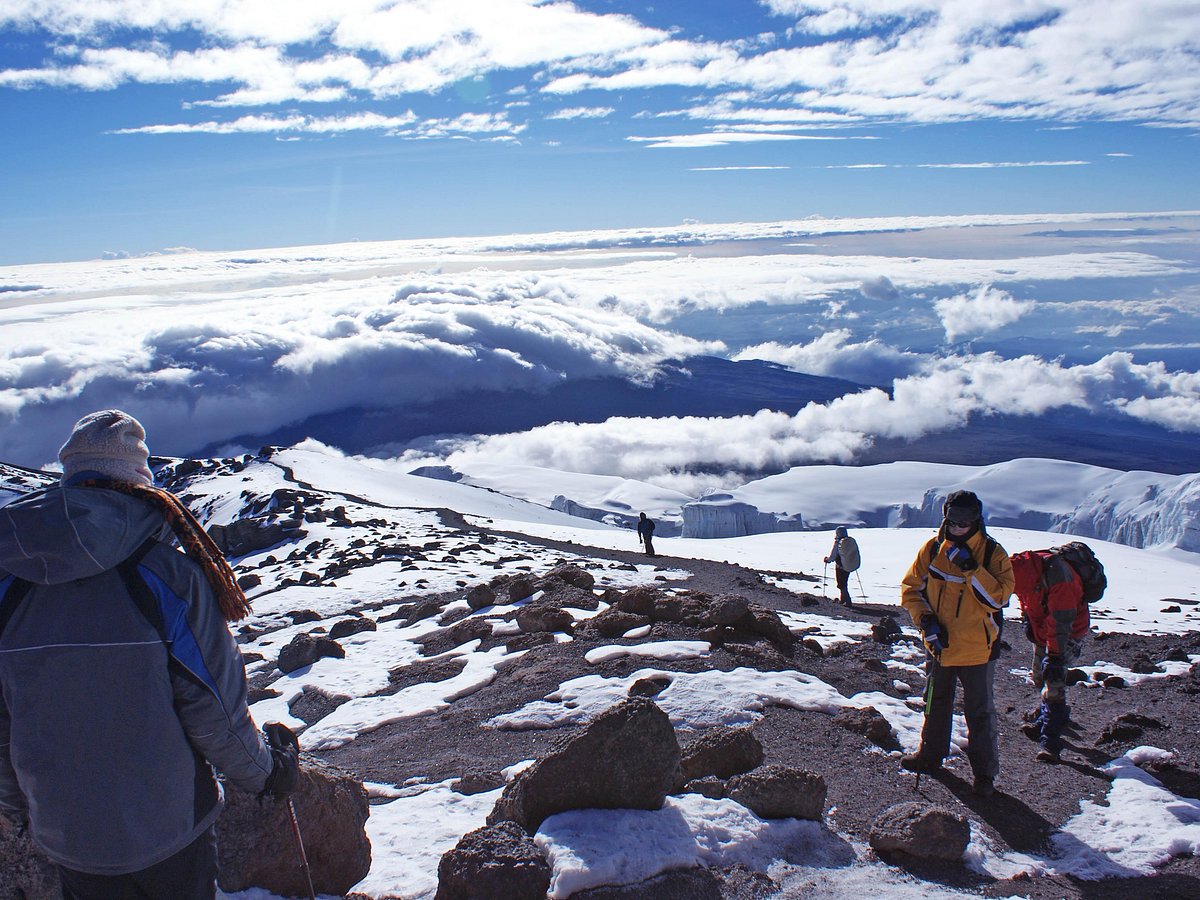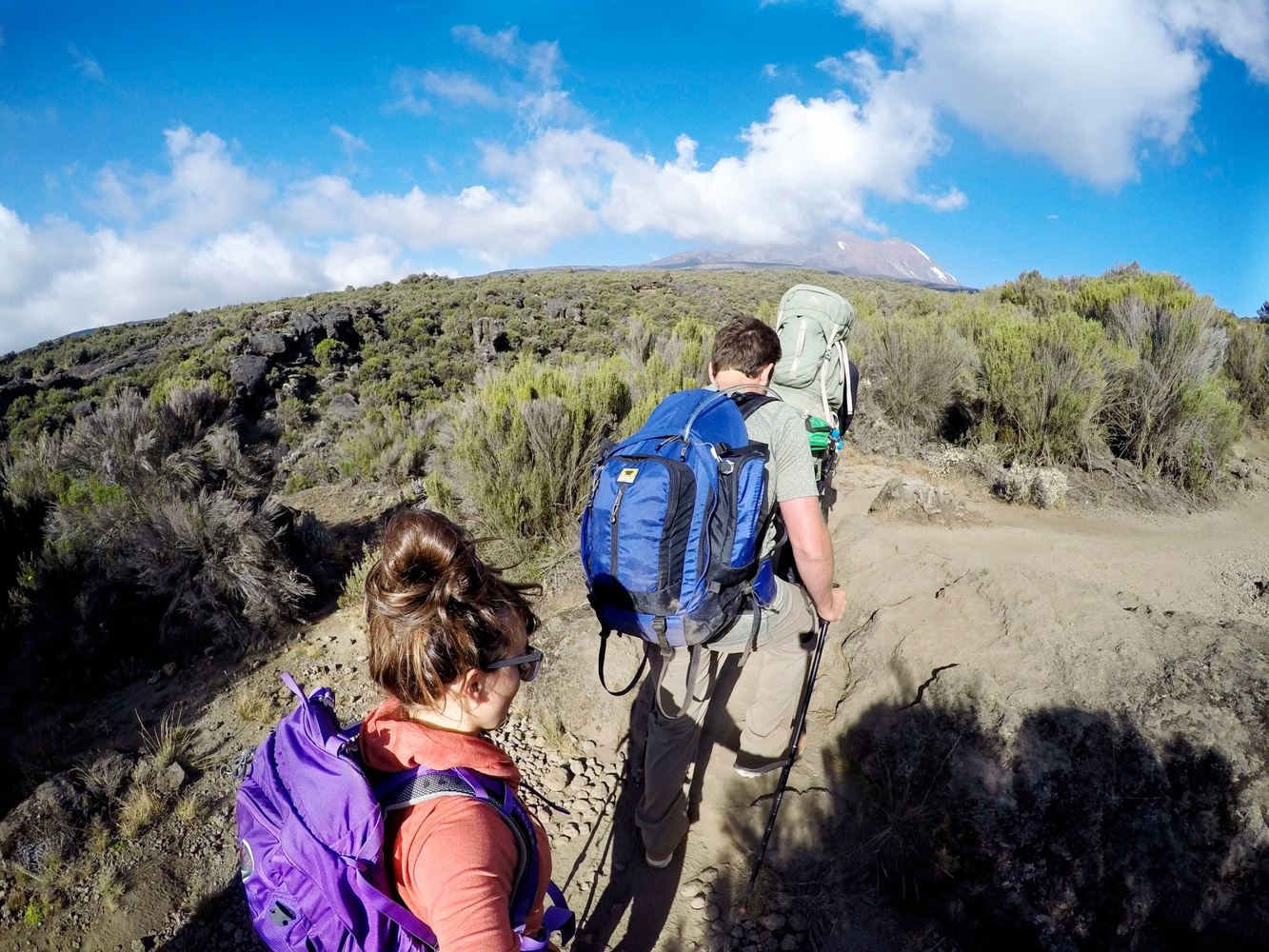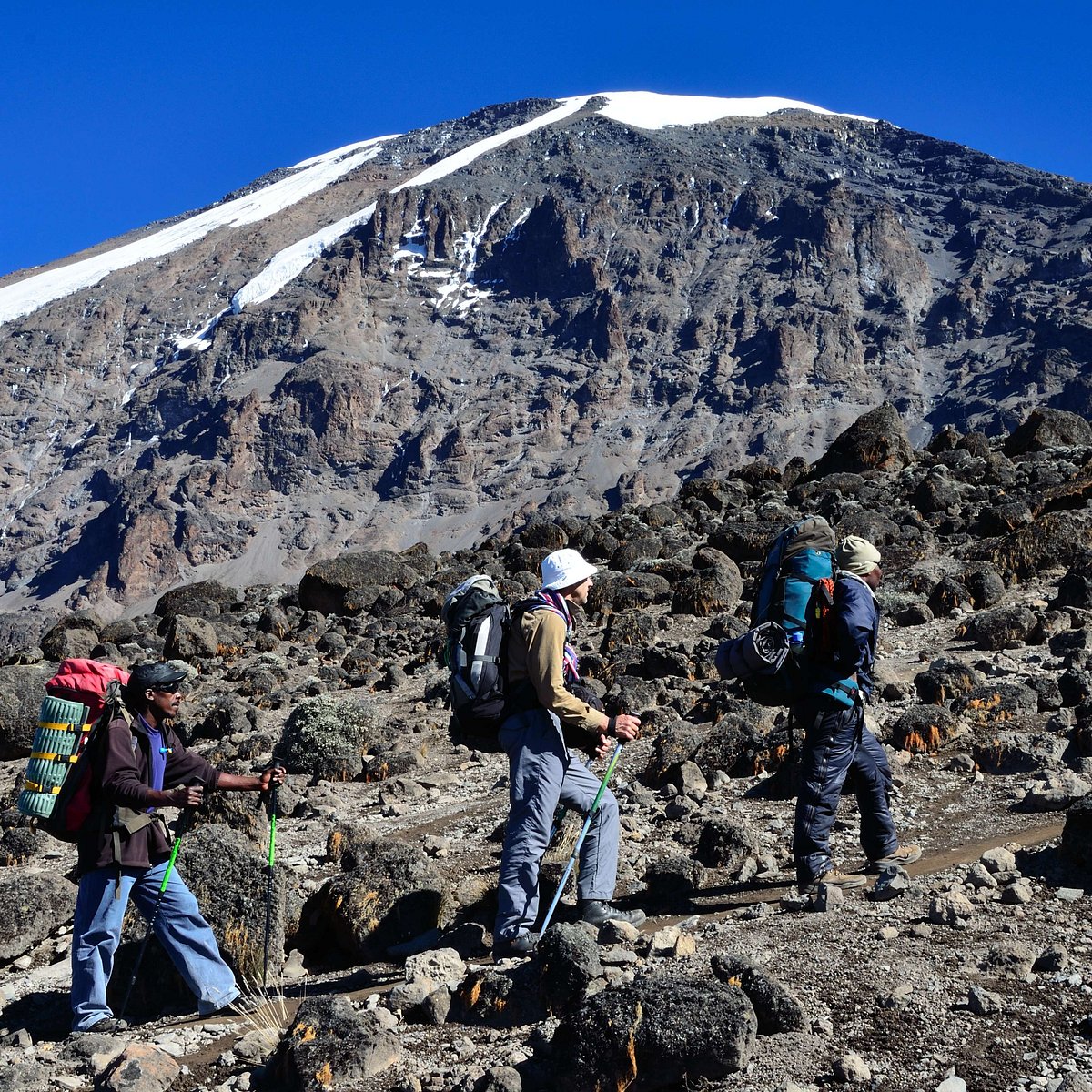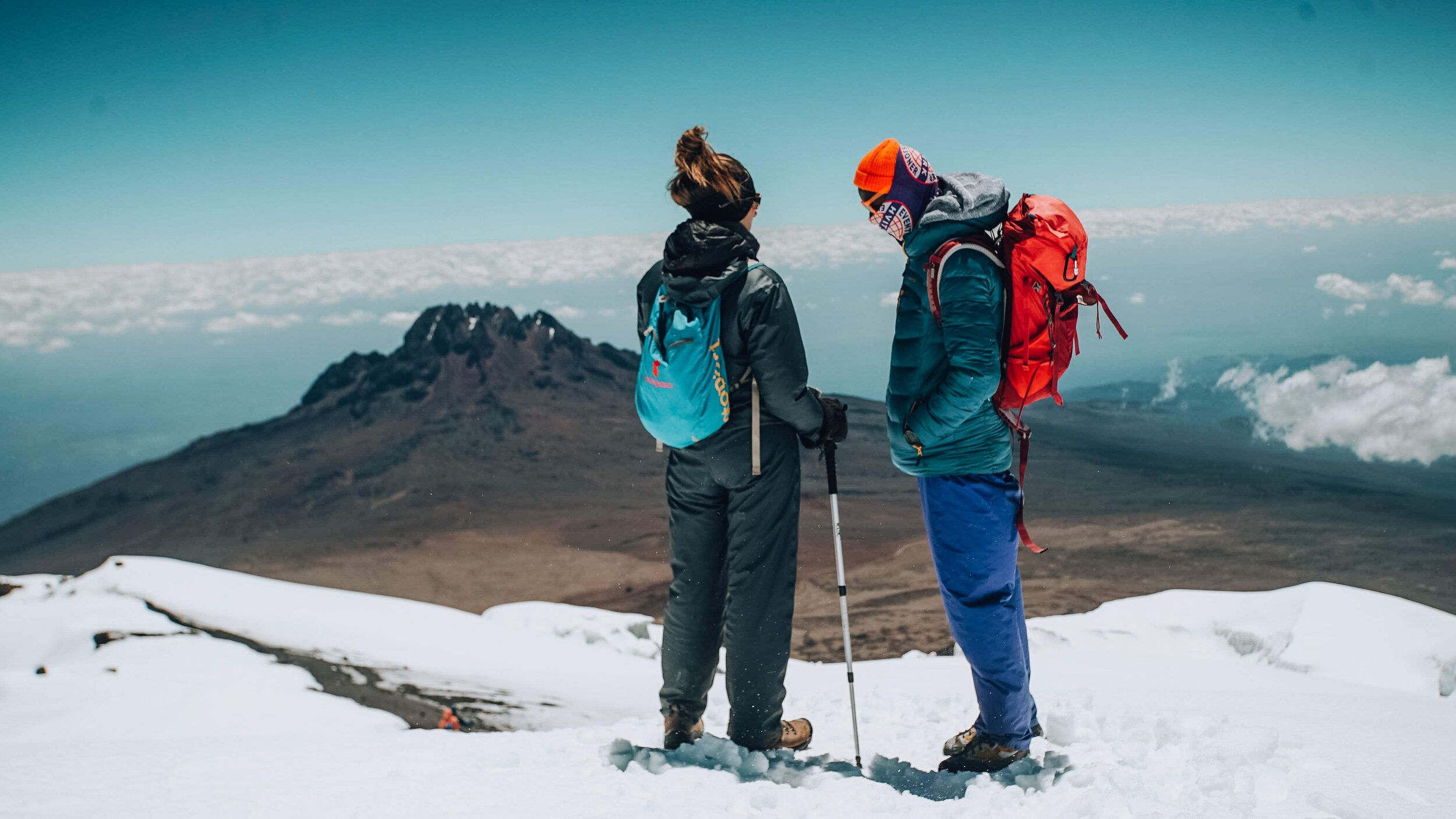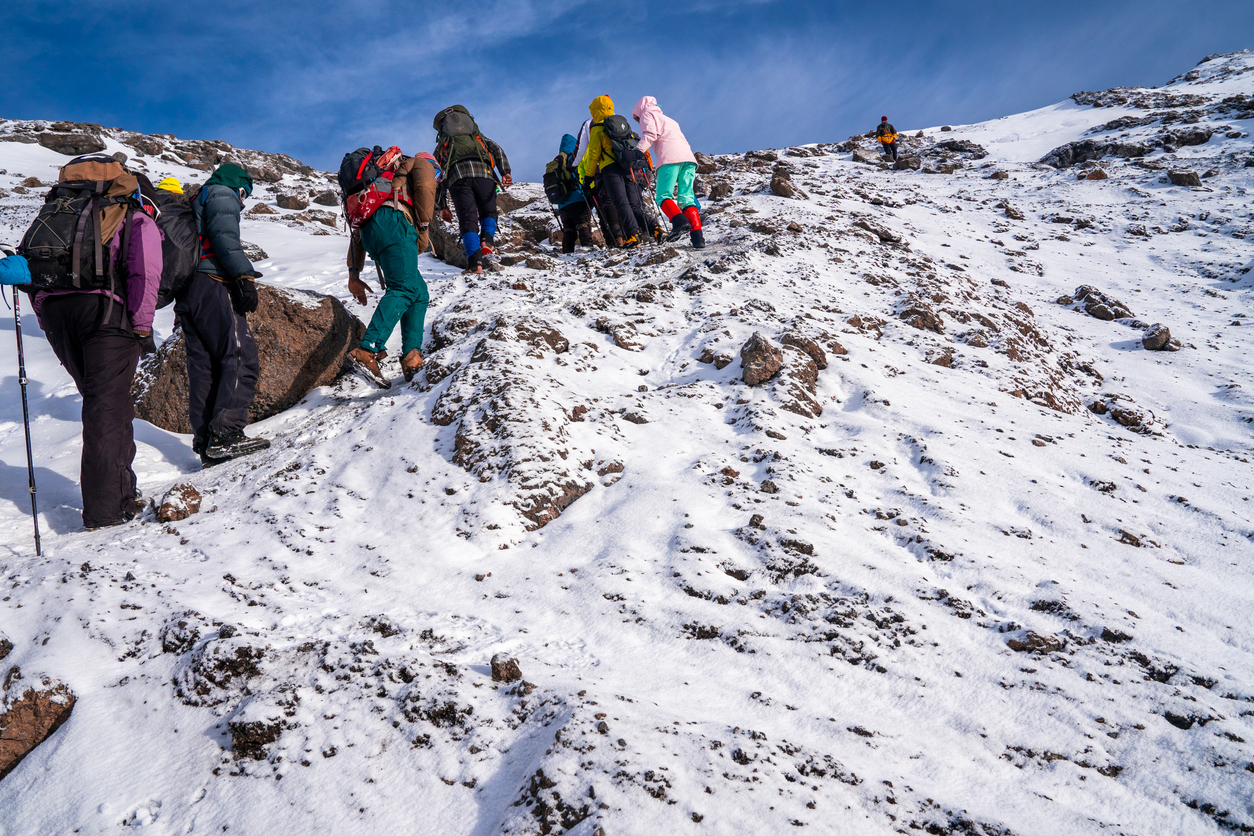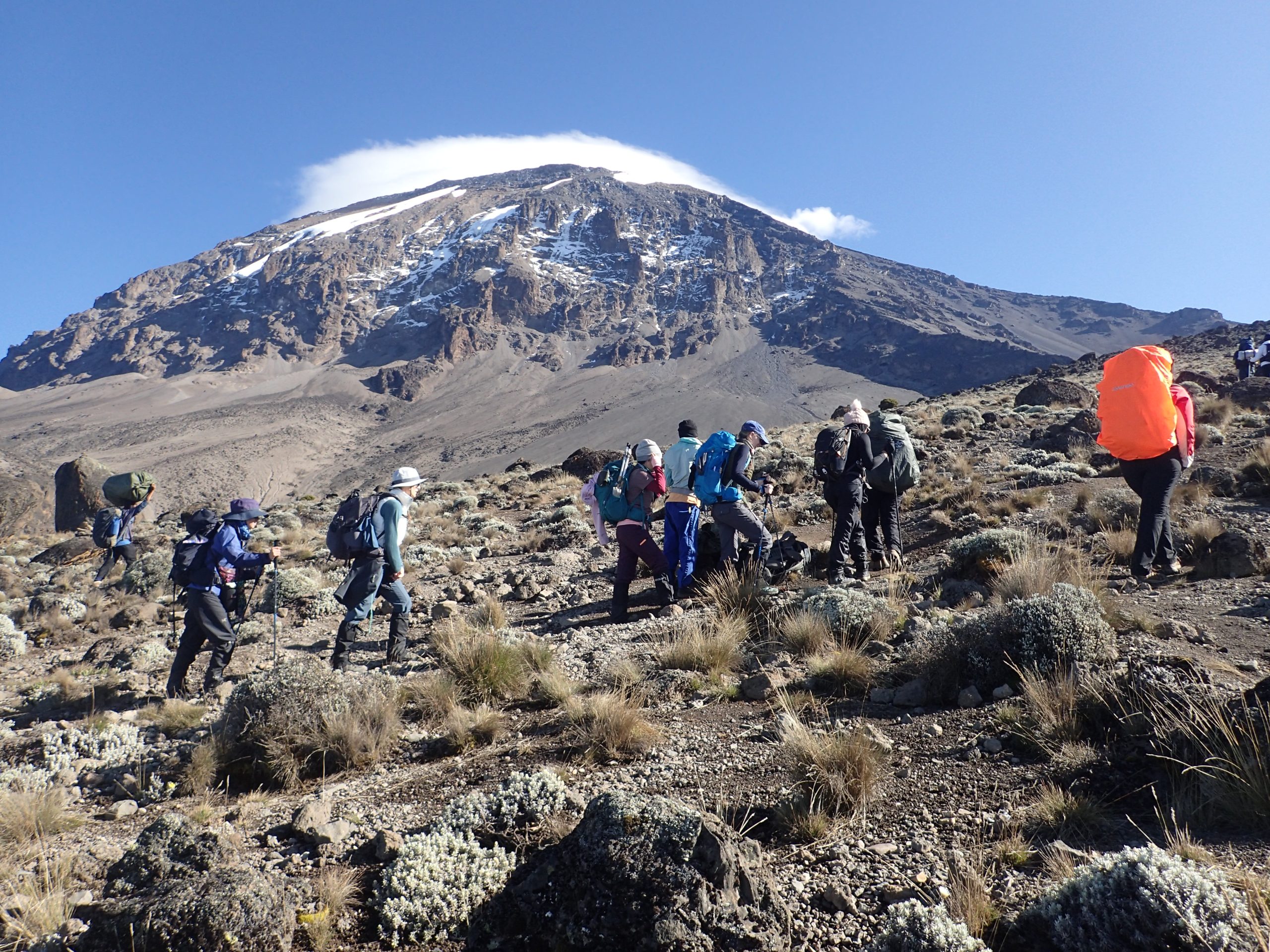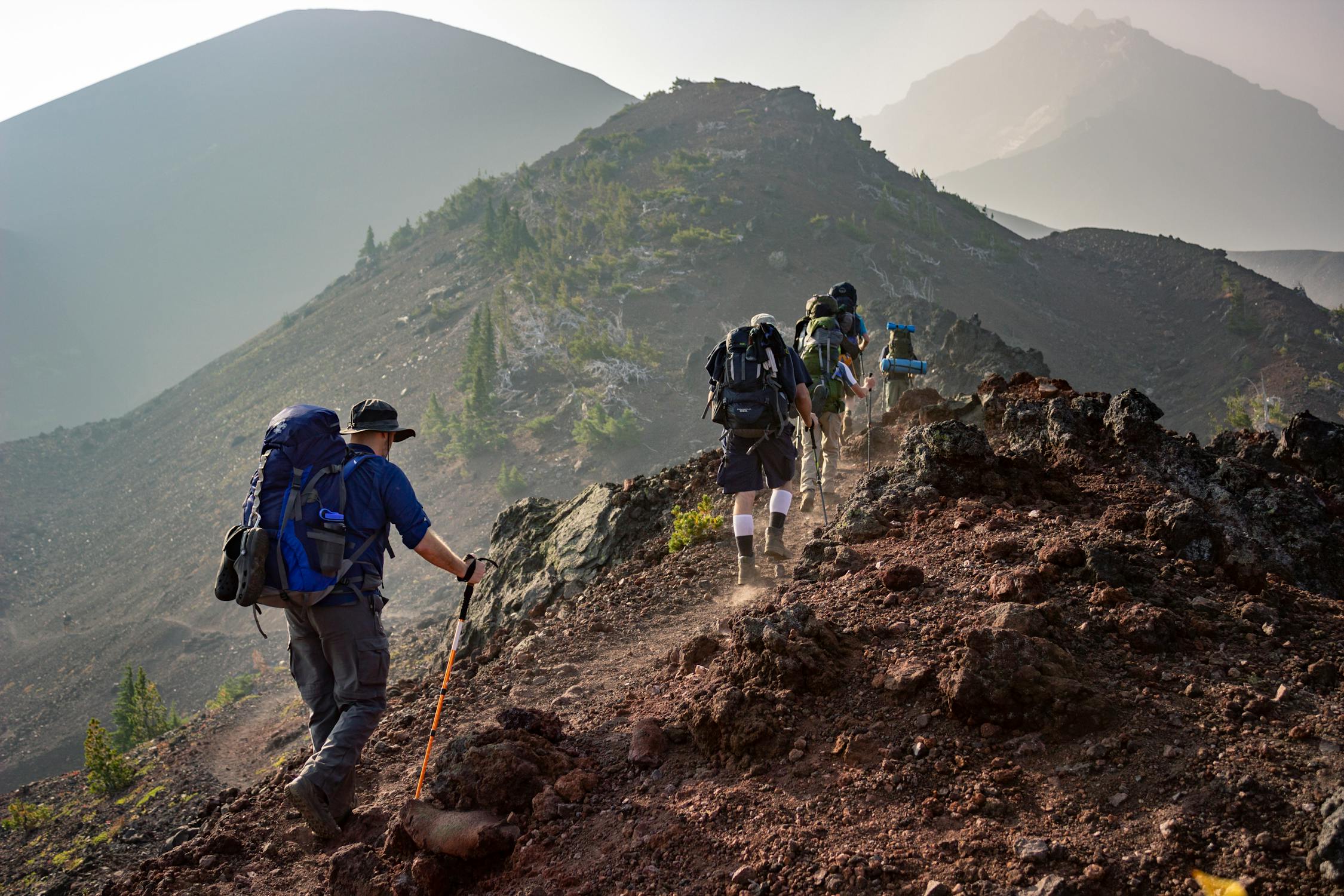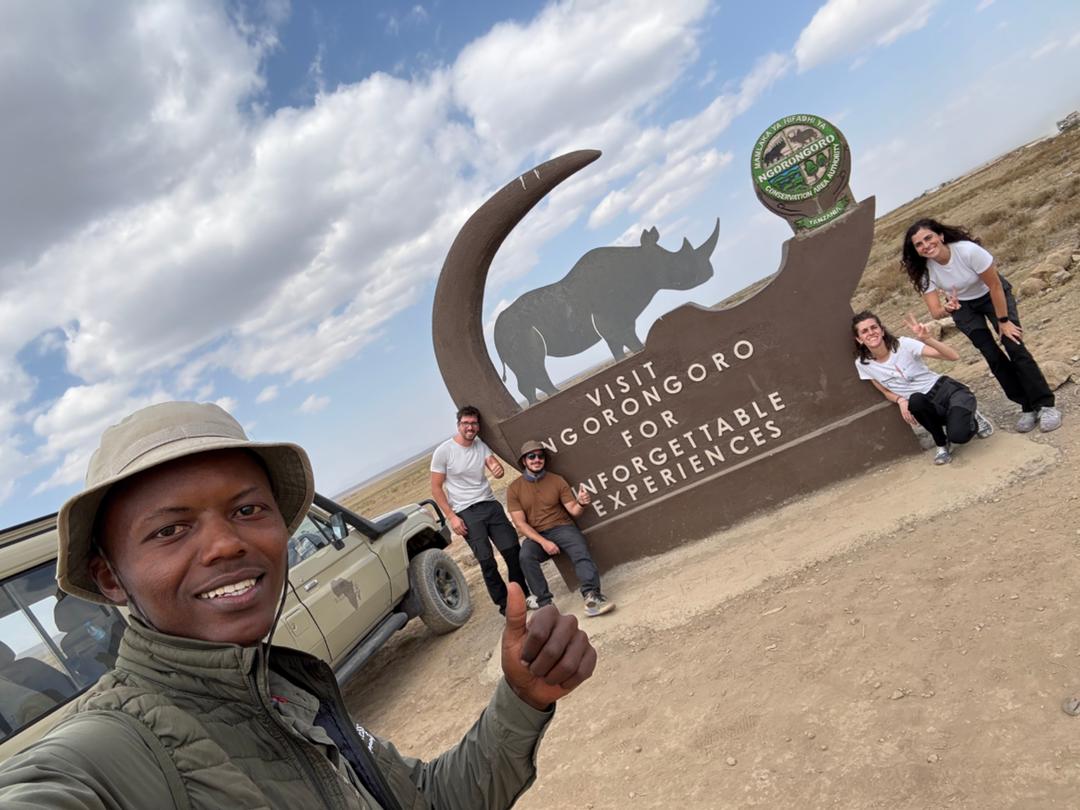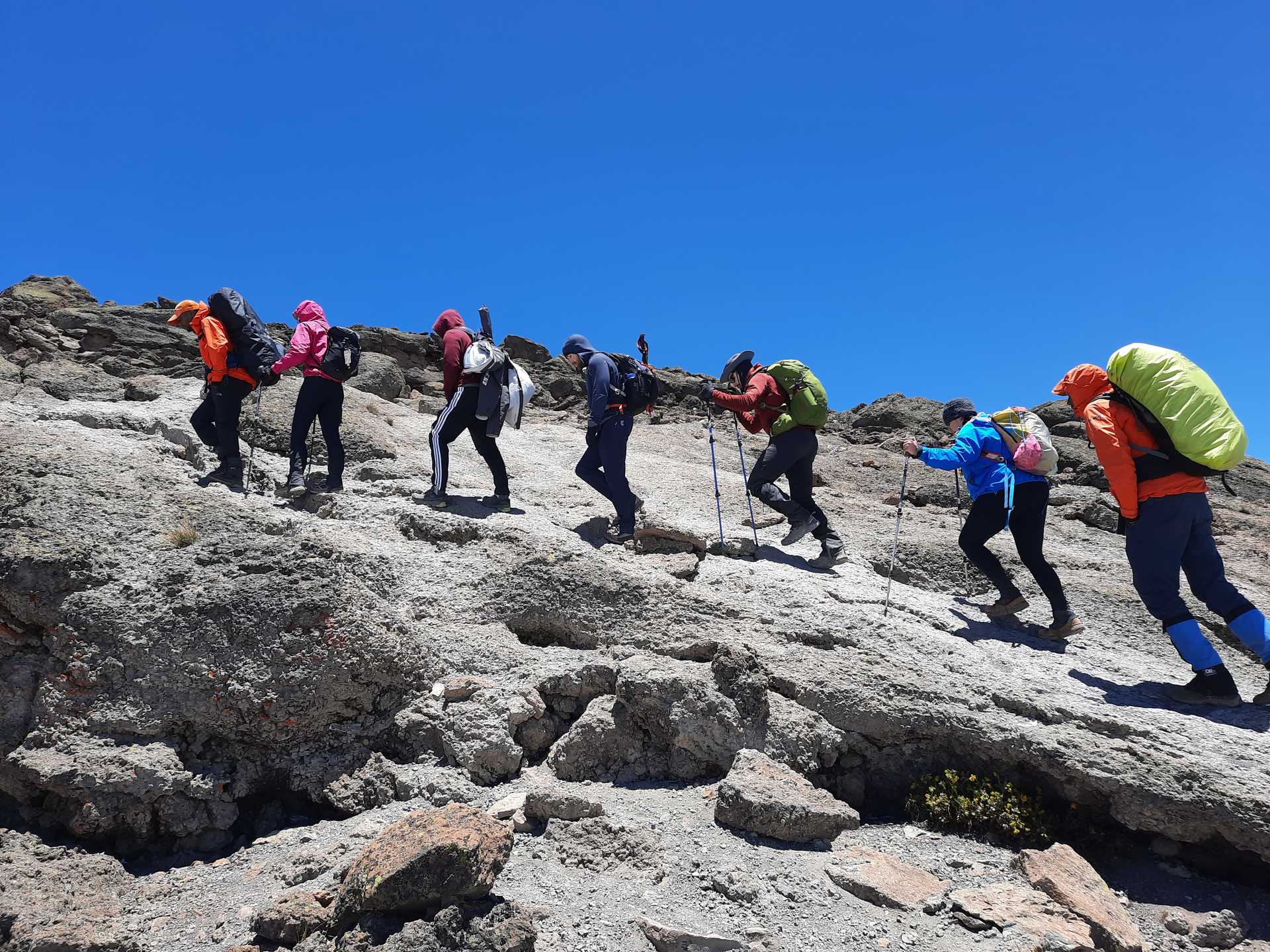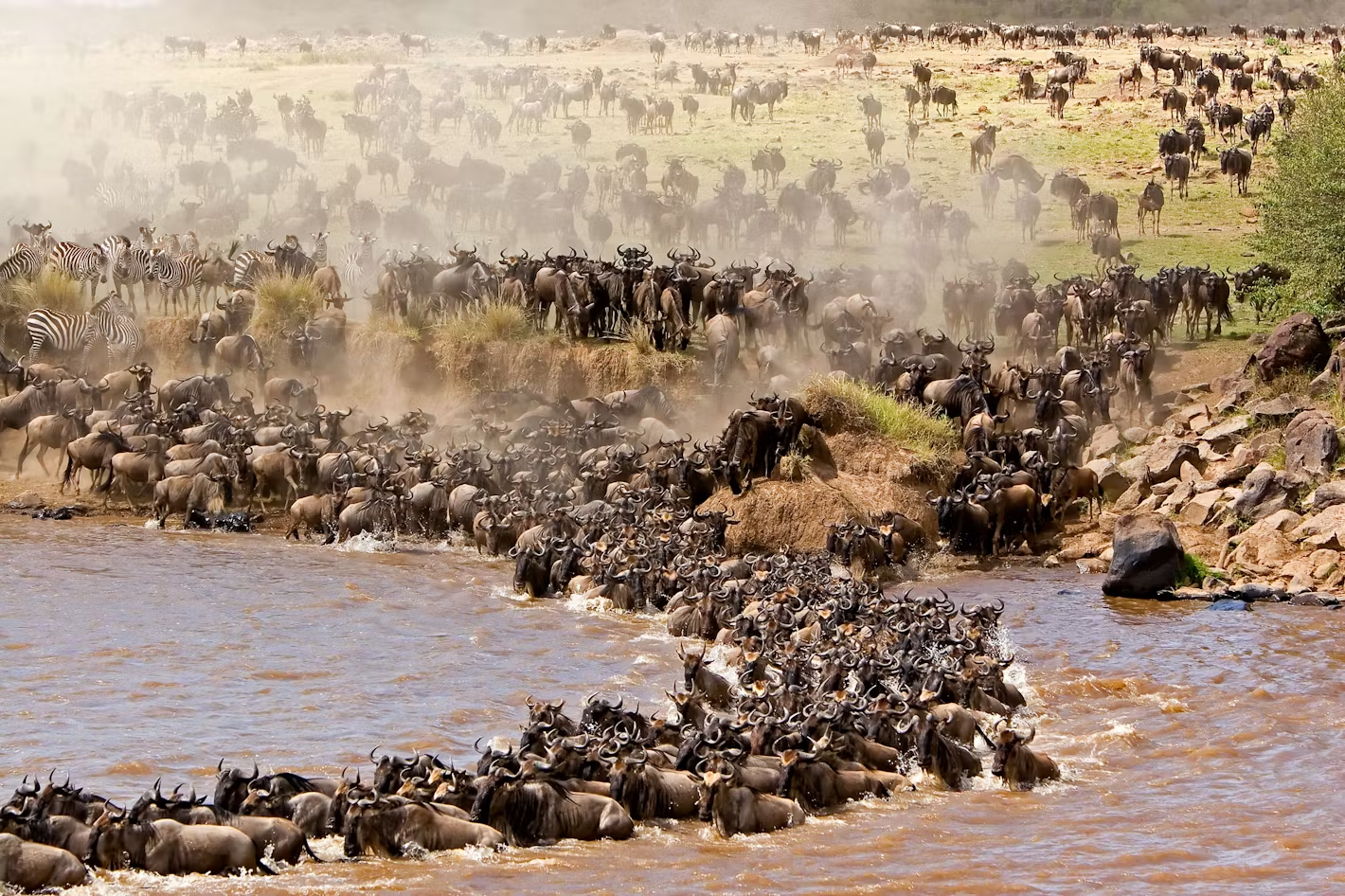Travel Insurance for Your Kilimanjaro Climb
Climbing Mount Kilimanjaro is a dream for many adventure travelers around the world. Standing tall at 5,895 meters (19,341 feet), Africa’s highest peak offers breathtaking views, diverse climates, and a truly life-changing experience. However, with such an epic challenge comes inherent risks — from altitude sickness and weather changes to accidents and unexpected trip interruptions.
Travel insurance is your safety net on this journey. It protects your health, your finances, and your peace of mind so you can focus fully on the climb ahead. This guide explains everything you need to know about travel insurance for Kilimanjaro — why it’s vital, what to look for, how to choose a policy, and practical tips for a safe adventure.
Why Travel Insurance Is Essential for Kilimanjaro Climbers
Unlike many other tourist destinations, Kilimanjaro trekking involves unique physical and logistical challenges:
1. High Altitude Risks
The summit of Kilimanjaro is nearly 6,000 meters above sea level. At this altitude, oxygen levels drop to about half of what you experience at sea level. This can cause altitude sickness, which ranges from mild headaches and nausea to life-threatening conditions like High Altitude Pulmonary Edema (HAPE) or High Altitude Cerebral Edema (HACE). If you become seriously ill, you may require urgent medical evacuation and treatment — often expensive and complicated.
2. Medical Emergencies
Besides altitude sickness, trekkers may face injuries such as sprains, fractures, dehydration, or infections. Medical facilities on the mountain are limited, and evacuation to the nearest hospital might involve helicopters or long drives to medical centers in Moshi or Arusha. Travel insurance that covers emergency medical treatment and evacuation is indispensable.
3. Trip Cancellation or Interruption
Many factors can disrupt your trek plans: sudden illness, injury, political unrest, extreme weather, or family emergencies. Without insurance, cancelling or interrupting your trip can mean losing hundreds or thousands of dollars paid for permits, flights, and accommodations. Insurance protects your prepaid costs and offers financial compensation if you can’t complete your climb.
4. Lost, Stolen, or Damaged Gear
Your hiking gear, passport, electronics, and other valuables are vulnerable while traveling. Theft, loss, or accidental damage can happen anywhere — in airports, hotels, or on the trail. Travel insurance with baggage coverage reimburses you for these losses so you don’t get stranded without essentials.
5. Emergency Evacuation Costs
In a serious situation, evacuation from high on Kilimanjaro can cost tens of thousands of dollars. Helicopter rescue, ambulance transport, and hospitalization add up quickly. A good travel insurance policy covers these high costs, so you won’t have to pay out-of-pocket.
What to Look for in a Kilimanjaro Travel Insurance Policy
When shopping for insurance for your Kilimanjaro trek, keep an eye out for these crucial features:
1. High-Altitude Trekking Coverage
Many standard travel insurance plans exclude activities above certain altitudes (often 3,000–4,000 meters). Since Kilimanjaro’s summit is nearly 6,000 meters, confirm that the policy explicitly covers trekking up to at least 6,000 meters. Without this, medical costs related to altitude sickness or accidents could be denied.
2. Emergency Medical Treatment and Evacuation
Make sure your policy covers:
- Hospitalization and medical treatment in Tanzania or abroad
- Emergency helicopter evacuation from the mountain
- Ambulance transport to medical facilities
- Emergency dental care (if needed)
3. Trip Cancellation and Interruption Protection
Look for coverage that reimburses you if you must cancel or cut short your trip due to:
- Illness or injury (yours or a family member’s)
- Natural disasters or political unrest
- Airline cancellations or delays
- Other unforeseen emergencies
4. Baggage and Personal Belongings Coverage
Your gear and belongings should be insured against:
- Theft
- Loss or misplacement by airlines
- Damage during transit or while trekking
5. Liability Coverage
Some policies include personal liability protection if you accidentally cause injury to others or damage property during your trek. This is helpful for peace of mind.
How to Choose the Best Travel Insurance for Kilimanjaro
Choosing the right insurance can feel overwhelming. Here are practical tips to help you decide:
1. Compare Multiple Providers
Don’t settle for the first policy you find. Use comparison websites or consult reviews to compare prices, coverage limits, exclusions, and customer service quality.
2. Check Altitude Limits and Exclusions Carefully
Read the fine print for altitude restrictions or activities excluded. Some policies require you to purchase an “adventure sports” or “high altitude trekking” add-on.
3. Understand Claim Procedures
Make sure you know how to file claims, required documentation, and response times. Opt for insurers with good reputations for quick and fair claim handling.
4. Consider Pre-existing Conditions
Declare any pre-existing medical conditions honestly to avoid claim denial. Some insurers offer policies tailored to travelers with health issues.
5. Buy Insurance Early
Purchase your insurance as soon as you book your trek. This ensures you are covered for trip cancellation right away.
Recommended Travel Insurance Providers for Kilimanjaro Climbers
Here are some well-known providers offering suitable plans:
- World Nomads — Popular for adventure travelers; offers high-altitude trekking coverage and flexible policies.
- Allianz Travel — Comprehensive plans with good global coverage and 24/7 assistance.
- IMG Global — Offers specialized adventure sports coverage and emergency evacuation.
- AIG Travel Guard — Strong reputation, good medical and evacuation limits.
Always double-check each plan’s specifics for altitude coverage and exclusions.
Practical Tips for Using Travel Insurance on Kilimanjaro
- Carry a digital and physical copy of your insurance policy and emergency contact numbers.
- Inform your guide and trekking company of your insurance details before the climb.
- Keep your insurance provider’s 24/7 emergency number saved on your phone.
- If you feel unwell or encounter an emergency, notify your guide immediately. They will coordinate medical assistance and evacuation if needed.
- Keep receipts and documentation for any medical treatment or emergency services for claim submission.
Final Thoughts
Travel insurance is more than a formality — it’s a critical part of your Kilimanjaro preparation. It protects your health, your investment, and your peace of mind in one of the world’s most challenging environments.
By choosing the right insurance, you can face the mountain with confidence, knowing that you are protected no matter what happens.
Explore other options
Plan and book your trip with Wilderness Moments
Your dream African adventure starts here. From thrilling safaris and cultural encounters to serene beach escapes, let our expert team craft a personalized experience just for you.
